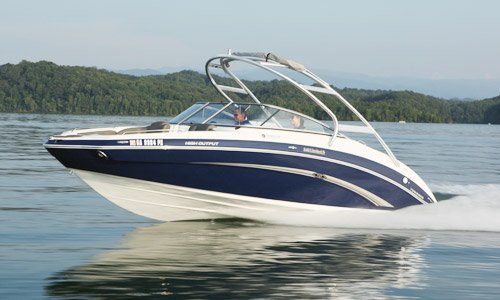Winterising your boat is a ritual any boat owner knows all too well. Performing these vital steps assists in preventing certain parts of your boat from being irreparably damaged by an unexpected cold snap or downpour. Of course, you can get your boat professionally serviced every autumn, but if that isn’t an option the following steps will help you achieve the same outcome and peace-of-mind as your beloved vessel is stowed away for the winter months.
Cover and protect: Ideally, your boat will be stored off the water, under cover and in a climate-controlled environment. Somewhere with a decent amount of airflow will help ward off any damage that may be caused by mildew and mould. At the very least, you should protect your boat with a tarp or any other kind of robust cover to shield it from the elements.
Fuel considerations: Adding one of the many fuel stabilisers on the market to your fuel tank and running the engine for approximately ten minutes will ensure your system is unclogged of any varnish deposits that can have a damaging impact. In addition, consider allowing your boat to go into its annual hibernation period with a full tank of fuel. This will leave less room for condensation and less chance of moisture freezing and causing damage to the tank.
Change the oil: Taking this step can help prevent any moisture build-up in the boat’s internal system. This will reduce the chances of corrosion and other associated damage, which in the long run can cause problems with your engine’s power, impact on fuel economy and in some cases can lead to total engine failure. (And as a reminder, make sure you dispose of your drained oil in the appropriate way!)
Fortify engines with a fogging solution: Applying an aerosol fogging solution will give the inside of your engine a protective coat that will last right the way through until spring. Engine manufacturers offer recommendations on the products best suited to their specific engines. While running your engine with the cowling or intake cover removed, spray the fogging solution into the air intake until the engine stalls. It may be necessary to switch the engine off once the solution has been applied as some engines may not stall. If you choose not to fog the engine cylinders, corrosion can occur causing extensive damage to its internal metal parts.
Consider draining your cooling system: If you live in a part of Australia that has freezing temperatures, it’s a good idea to drain the raw water cooling side of your inboard engine.
This will prevent the trapped cooling water freezing and causing major engine damage to your cylinder block, exhaust and cooling system. Most makes and models are equipped with drain plugs to aid in this process, please consult your owners manual as every model is different.
Clean the hull: The outermost layer of fibreglass on your boat exists to protect the underlying layers from exposure to natural elements such as sun and water, both of which can dry out a boat’s surface. By cleaning the hull, you’ll help restore its shine. Once this process is completed, applying a coat of wax will provide extra protection.
Don’t forget the interior: Now the exterior and internal workings of your boat have been taken care of, you should consider cleaning, checking or even replacing internal elements such as electronics and fire extinguishers. Take any soft furnishings home and store them in a more climate-controlled space for their own protection, and clean out all drawers, fridges and freezers to avoid any unwanted aromas when you return to sailing in the spring. As another precaution, spay surfaces with a moisture-displacing lubricant to aid the all-important fight against mould and mildew!
In completing these steps, you’ll be able to spot any damage that may otherwise have gone unnoticed. Taking the time to fully assess your boat’s function and structure ensures it will remain in peak condition for the many years of outings ahead. Please be aware, the measures outlined above are all general steps. Each engine and boat comes with its own user manual, so make sure you refer to it when performing these annual check-ups!


Recent Comments